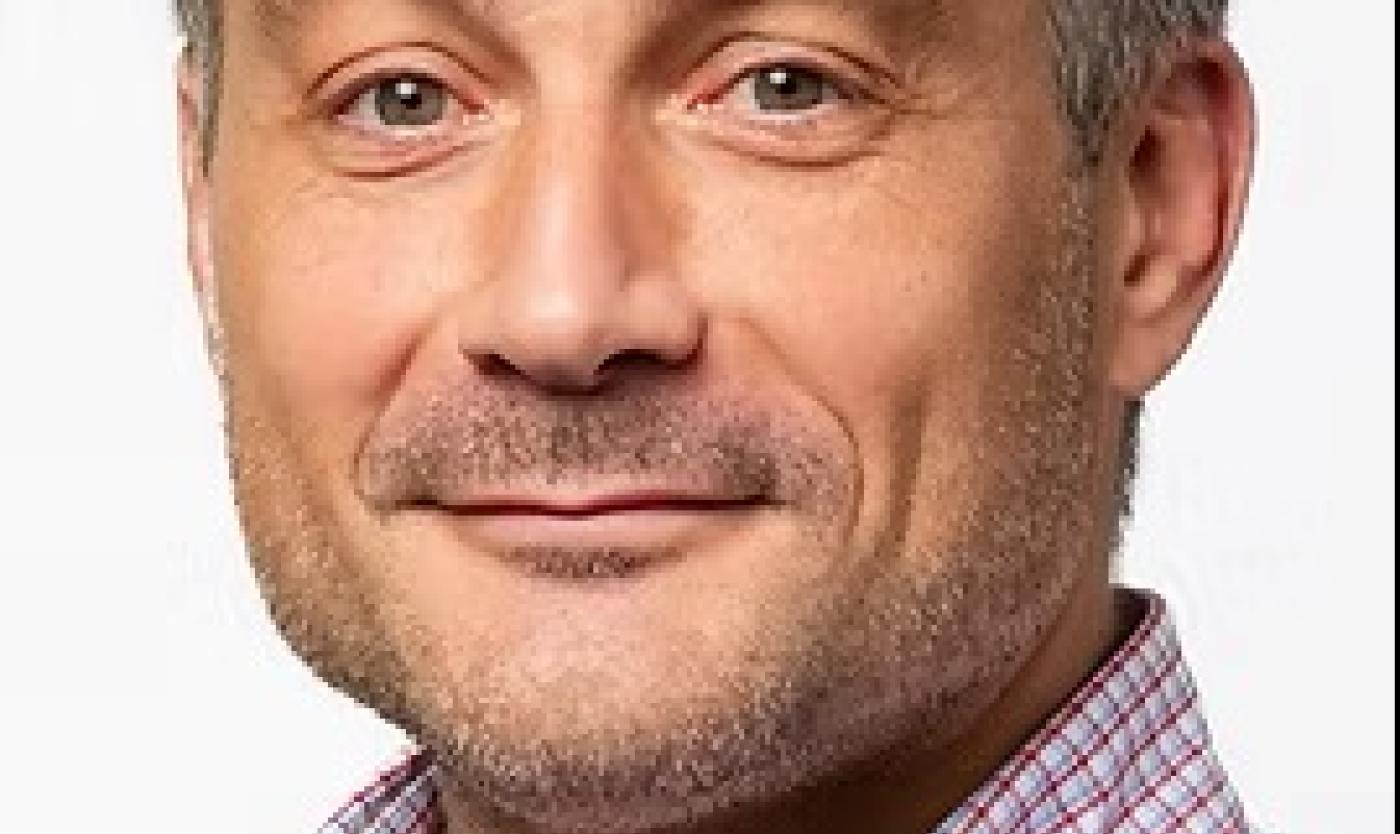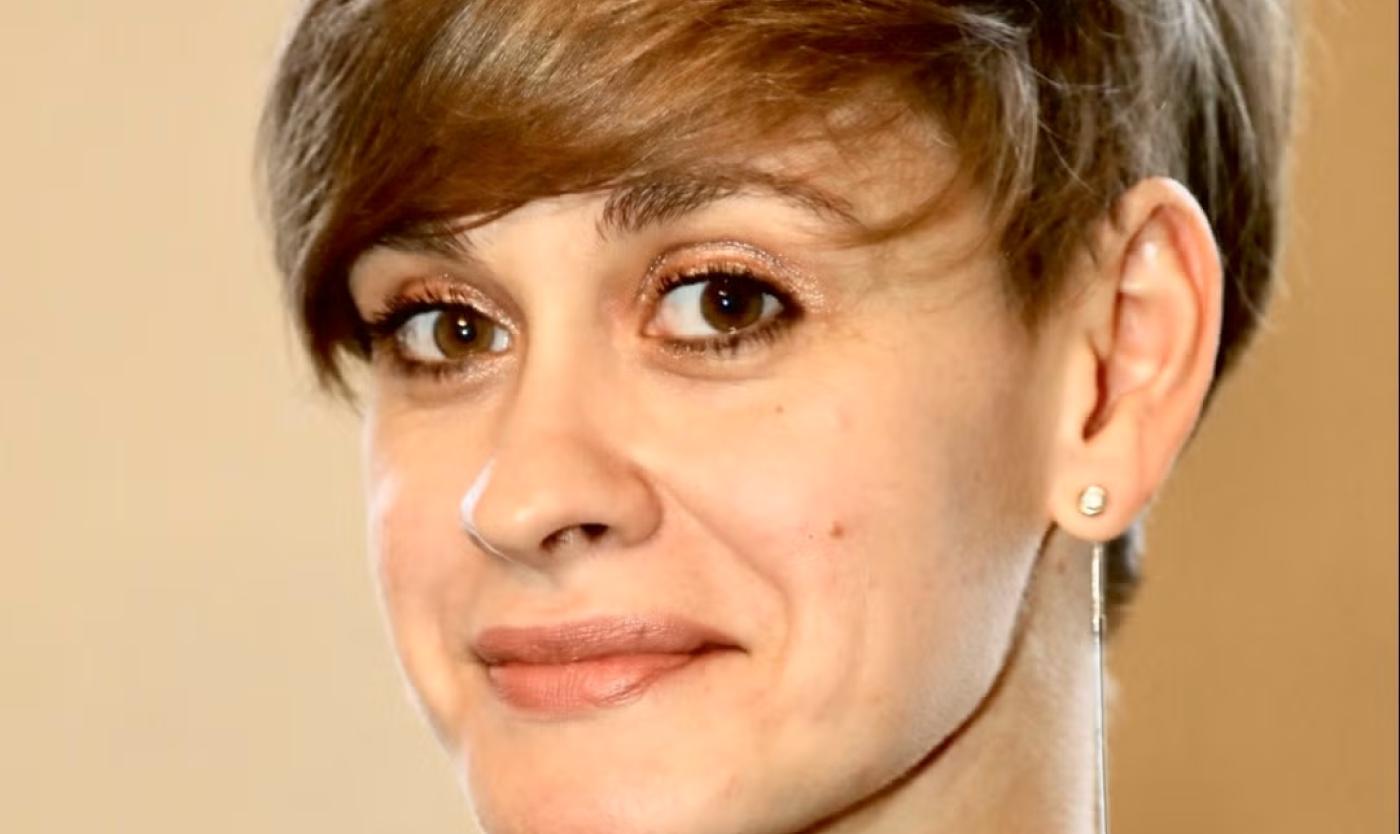
You can tell a scientific field is catching fire when it stops being niche and starts being everywhere. Microphysiological systems (MPS)—tiny, engineered devices that mimic the functions of human organs—were once a speculative lab project. Now they’re reshaping how we think about drug testing, disease modelling, and the future of biomedical science. This year, the global community behind this fast-growing field will meet in Brussels for the MPS World Summit. It's the biggest edition yet, with more than 1.000 participants already registered. Prof. Mathieu Vinken, toxicologist at the Vrije Universiteit Brussel (VUB) and local chair of the event, and Dr. Lena Smirnova, research associate at Johns Hopkins University and President of the MPS Society, to find out what these "organs-on-a-chip" actually are—and why the world should care.
At the heart of MPS technology is a deceptively simple idea: if we want to understand the human body, maybe we should study... the human body. Not mice. Not cells floating in soup. But living human cells grown in engineered environments that mimic how real organs function, flow, and react. We’re trying to recreate something that’s actually human,” says Smirnova. “In our lab, for example, we work on brain models—how the brain develops, what environmental chemicals might do to it. Flat cell cultures just don’t cut it anymore. We use liver cells, brain cells, even immune cells—and build dynamic systems where they interact, grow, and behave more like they do inside a real person.
Vinken agrees: “We’re not trying to create the next cool gadget. This is about relevance. We’re not flat like petri dishes. And we’re not 70-kilogram rats either. These systems let us do the kind of mechanistic research that animal testing just can’t deliver.”

Mathieu Vinken
“Animal welfare is an important driver,
but ultimately it’s about better science”
- Mathieu Vinken
Big Science in a Small Package
Microphysiological systems are small—often the size of a USB stick—but they pack a scientific punch. Fluid channels mimic blood flow. Sensors track metabolic changes. Cells respond to stimuli like chemicals, drugs, or even zero-gravity environments. That last one isn’t hypothetical. Vinken’s lab has been running liver models under simulated space conditions to study how microgravity affects organ health. “And it works,” he says. “We saw changes that mirrored what astronauts experience in orbit.”
“A rat isn’t a small human. And a human isn’t a large rat.”
But the core of MPS work remains here on Earth. Animal welfare is one motivation for both Vinken and Smirnova. But there’s also a very practical side. Animal models often don’t reflect human biology.
“Exactly”, says Vinken. “The goal isn’t just ethical, it’s scientific. In many cases, the data we get from animal tests isn’t predictive for humans. So we're not trying to create one single alternative but to build better, human-relevant tools—microphysiological systems are part of a broader set of what we call NAMs, or New Approach Methodologies. “It started with toxicology,” says Smirnova. “We wanted to reduce animal testing, yes—but also get more predictive models. In pharma, more than 90% of drug candidates fail in clinical trials. That’s a huge waste, and animal models are part of the problem.”
“Let’s be clear,” says Vinken. “A rat is not a tiny human. And a human is not a giant rat.” That may seem obvious, but it’s a mindset that still dominates regulatory science. Animal tests are still considered the gold standard for chemical and drug safety—even though, as both Vinken and Smirnova point out, they routinely fail to predict human outcomes.
“Drug development using MPS technology is under intense scrutiny.
We’re being held to a much higher standard”
- Lena Smirnova
From Ethics to Engineering
The MPS World Summit isn’t just a scientific get-together. It’s a mirror of how research is changing. “MPS is where the 3Rs meet the 3Is,” says Vinken. He’s referring to the classic principles of animal welfare: Replace, Reduce, Refine—and the newer goals of modern science: Interdisciplinary, International, Intersectoral.
“We talk to regulators. We talk to pharma. We talk to food safety agencies. Everyone’s involved,” he says.
The interest from industry is especially strong. Companies like Emulate (Harvard), Hesperos (Cornell & Florida), and BiomimX (Milan) are now global players. Pharma giants are adopting the tools in-house. And more food and chemical companies are getting involved every year. With all the momentum, you’d think MPS researchers would be in experimental overdrive. But in fact, the field is hyper-cautious. “We’re under the microscope,” says Smirnova. “If we mess up once—if a drug developed with an MPS system fails badly—that could set us back years.”

Lena Smirnova
So researchers double- and triple-check. They test everything. They validate against human data, not just other models. “Animal models were never validated this rigorously,” she adds. “They were just there. But now we’re being held to a much higher standard. It’s frustrating—but also understandable.”
A Digital Revolution in Full Swing
There’s also a digital revolution underway. Projects like ONTOX, which Vinken leads, are using artificial intelligence to process massive toxicological datasets and predict chemical risks—without touching a test tube. “AI will never fully replace lab work,” he says. “But it helps us build smarter tools. MPS devices are great validation platforms for these predictions.”
And no, they’re not just for chemical safety. Disease modelling, personalised medicine, regenerative biology, even space physiology—these are all in play. “We’re seeing use cases far beyond what we imagined even five years ago,” Vinken says.
Brussels at the Centre
Hosting the summit in Brussels isn’t just symbolic—it’s strategic. “This is the policy heart of Europe,” says Vinken. “And of course, we’re proud to have won the bid to host it. The Vrije Universiteit Brussel has a strong research tradition in this field, and this summit puts us at the centre of the global conversation. Ans what’s more; it’s not just the private sector that shows interest. Regulators are interested too. The European Commission is watching and supporting. National governments are watching. We’ve got ministers and agencies taking the stage. One of our co-chairs is Jan Lichtenberg, CEO of InSphero in Switzerland. We also have a lot of support from U.S. agencies like the FDA. That tells you something. The summit has grown from a niche meeting to a global platform. And if the early registration numbers are any sign, this is the year it breaks through.
In the end, this isn’t just about chips or cells or science. It’s about what kind of future we want research to move toward. “We started this conference thinking maybe we’d do it every two years,” Smirnova recalls. “But the field is evolving so fast, we realised we needed it yearly. Every edition brings new breakthroughs. New people. New ideas.”